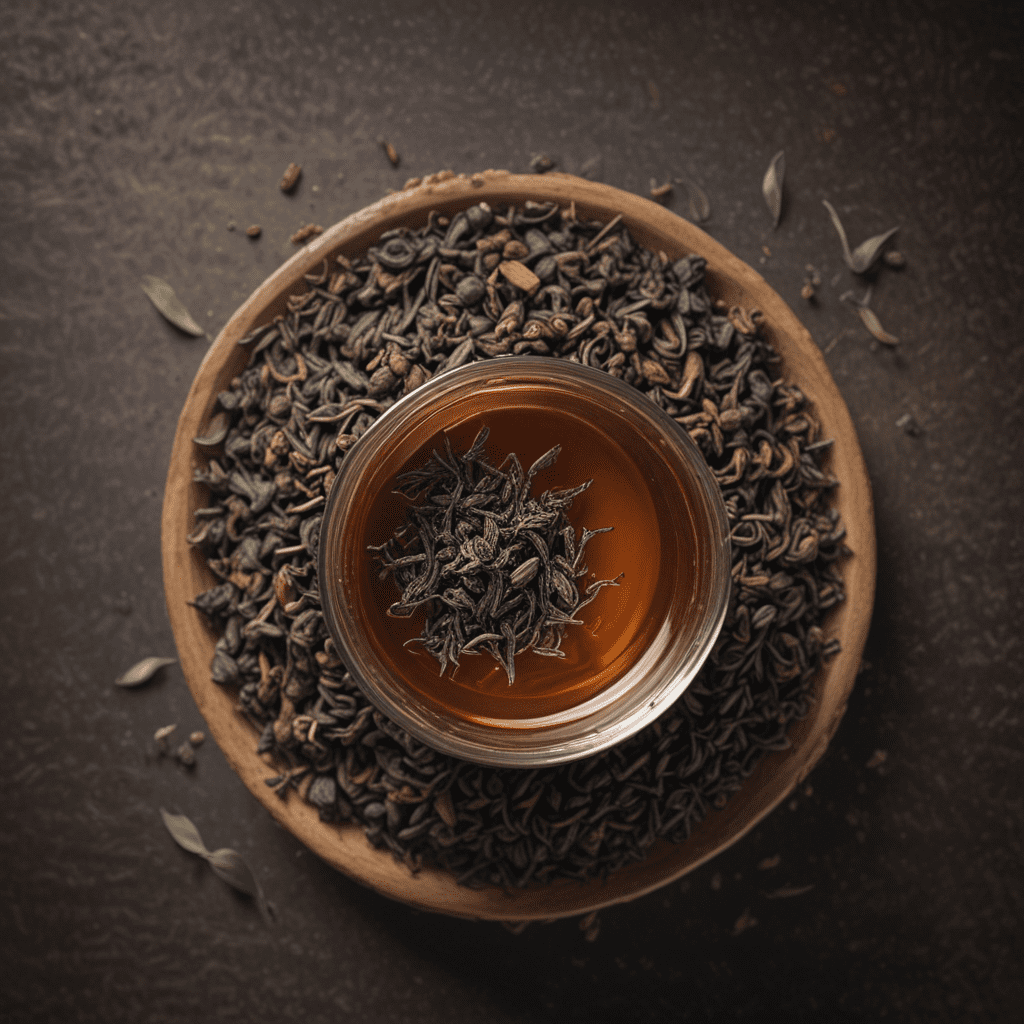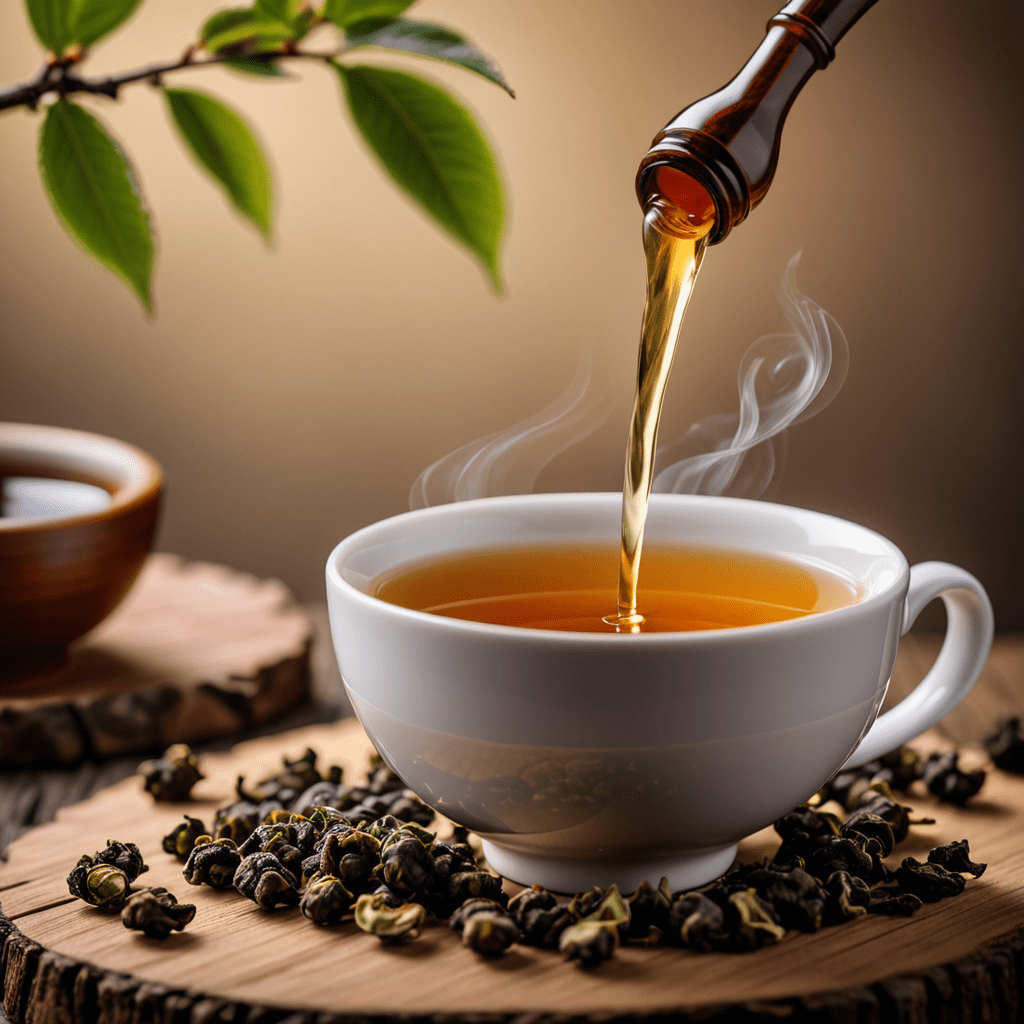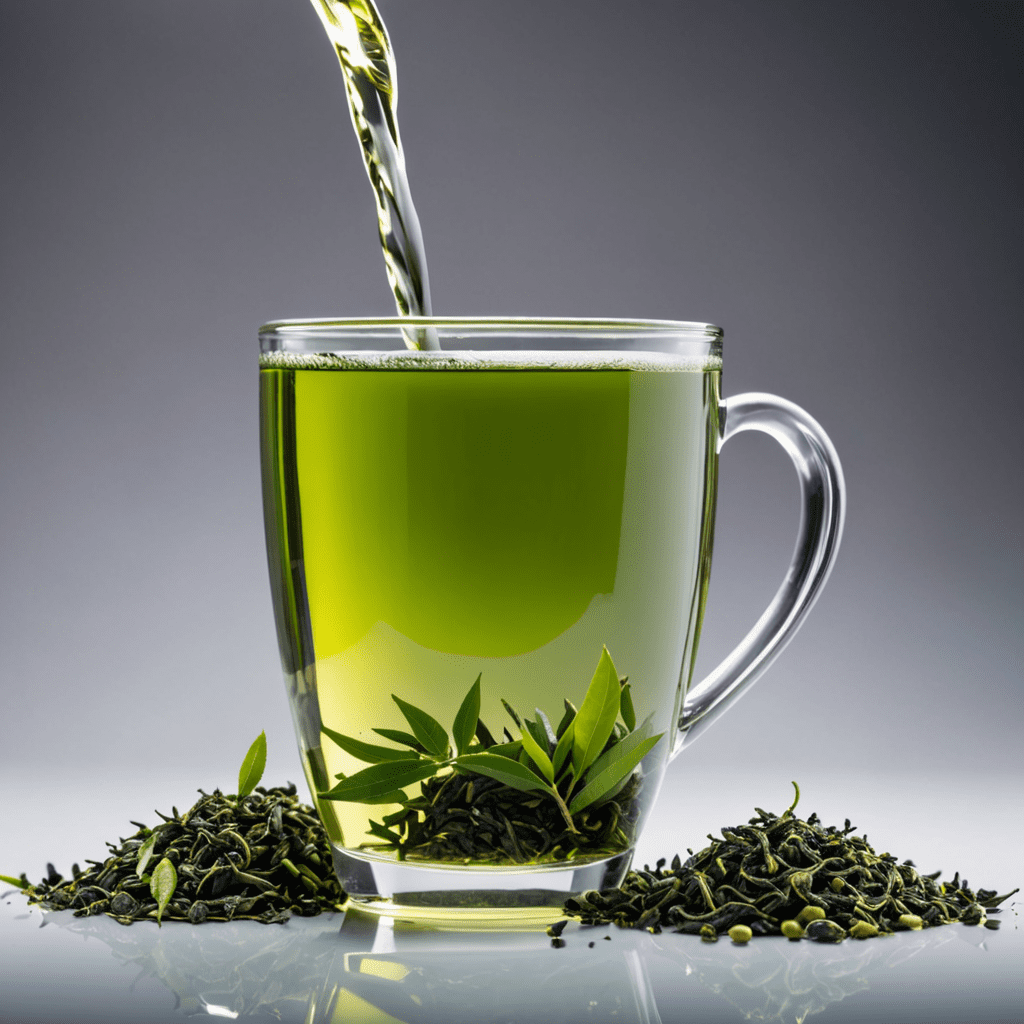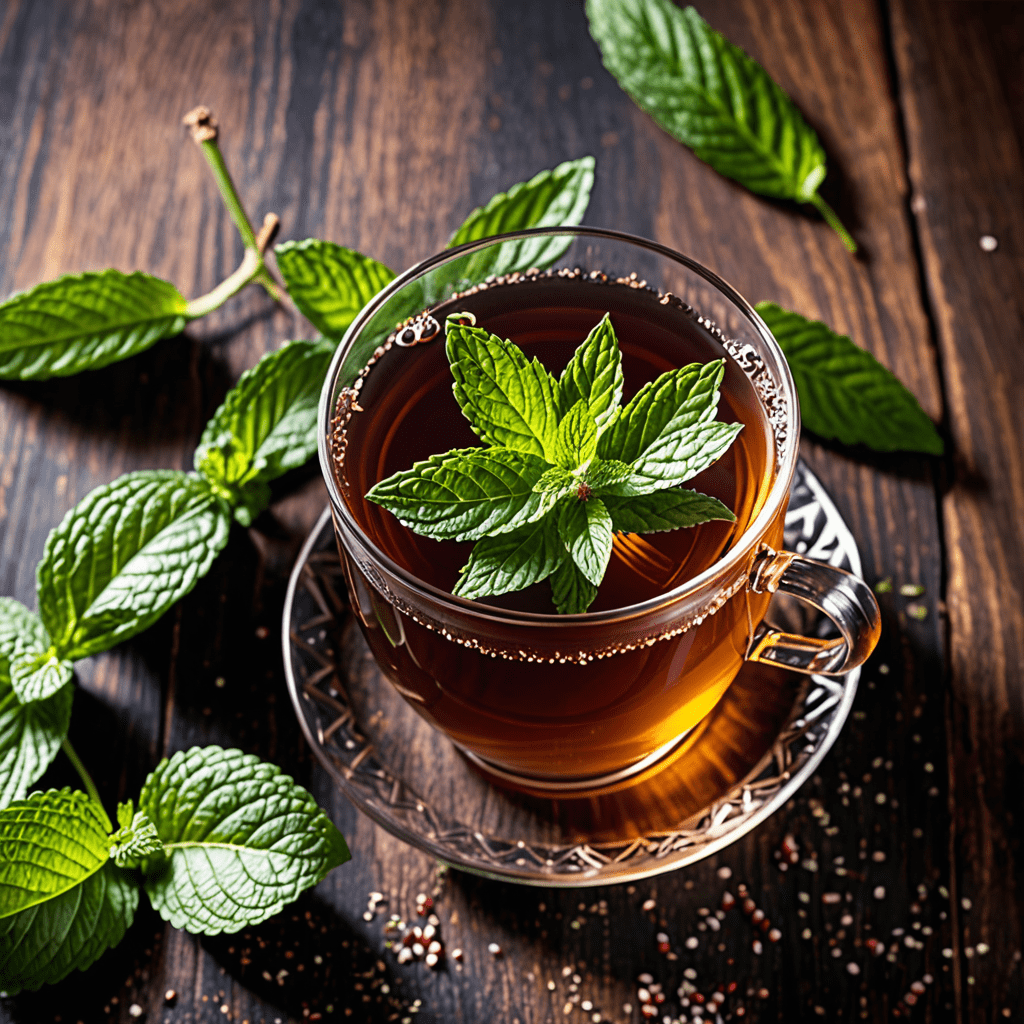Aromatic Notes of Assam Tea
Assam tea, renowned for its distinctive bold and malty character, offers a captivating symphony of aromatic notes that tantalize the senses. Upon brewing, the leaves release a heady fragrance, reminiscent of sweet malt, dark chocolate, and earthy undertones. These notes mingle harmoniously, creating a rich and inviting aroma that draws you into the heart of an Assam tea experience.
Flavor Profiles of Assam Tea
The flavors of Assam tea echo its aromatic profile, offering a robust and full-bodied experience that lingers on the palate. The dominant maltiness, reminiscent of freshly baked bread, forms the backbone of the flavor, complemented by subtle hints of caramel and toffee. These sweet notes are balanced by a subtle astringency, which lends a crisp and refreshing dimension to the overall taste. The finish is smooth and slightly smoky, leaving a pleasant aftertaste that invites another sip.
Origin and History of Assam Tea
Assam tea, a testament to the vibrant tea culture of India, traces its origins to the lush Brahmaputra Valley in the northeastern state of Assam. Its discovery in the early 19th century marked a turning point in the global tea industry, leading to the establishment of extensive plantations and transforming Assam into a major tea-producing region. Today, Assam tea continues to be a celebrated beverage, enjoyed worldwide for its unique flavor and aromatic qualities.
Cultivars of Assam Tea
Assam tea comprises a diverse range of cultivars, each contributing its own distinct characteristics to the final brew. The most widely cultivated variety is known as Assamica, renowned for its robust flavor and ability to thrive in the humid and tropical climate of Assam. Other notable cultivars include Cambod, with its slightly milder flavor and golden-hued liquor, and Runglee Chung, prized for its rich and full-bodied character. These cultivars, along with many others, form the foundation of Assam's rich tea heritage.
The Terroir of Assam Tea Plantations
The terroir, or the unique combination of climate, soil, and topography, plays a crucial role in shaping the character of Assam tea. The Brahmaputra Valley, where most of the plantations are situated, offers an ideal environment for tea cultivation. The fertile alluvial soil, abundant rainfall, and humid climate provide the necessary conditions for the tea plants to flourish. The region's proximity to the Himalayas also influences the tea's flavor, as the runoff from the mountains enriches the soil with minerals.
Processing of Assam Tea: Withering, Rolling, and Oxidation
The processing of Assam tea involves crucial steps that transform the freshly plucked leaves into the flavorful beverage we cherish. After harvesting, the leaves undergo a process of withering, where they are spread out in thin layers and allowed to lose moisture. This process initiates the enzymatic reactions that will develop the tea's characteristic flavors and aromas. Withering is followed by rolling, where the leaves are gently kneaded to bruise their surfaces and release their essential oils. The rolling process can vary depending on the desired style of tea, with orthodox methods producing whole-leaf teas and CTC (crush, tear, curl) methods creating smaller, more uniform particles.
Rolling initiates the oxidation process, where the enzymes in the leaves interact with oxygen from the air. This process, also known as fermentation, is carefully controlled to achieve the desired level of oxidation. Assam teas are typically allowed to oxidize more fully, resulting in their characteristic dark color and robust flavor. The oxidation process is halted by firing, where the leaves are heated to stop the enzymatic reactions and dry them completely.
The Health Benefits of Assam Tea
Assam tea is not only a flavorful beverage but also offers an array of potential health benefits. It contains antioxidants, which help protect the body from damage caused by free radicals. Its high caffeine content provides a boost of energy and alertness, making it a popular choice for morning consumption. Assam tea is also a good source of polyphenols, particularly theaflavins and thearubigins, which have been linked to various health benefits, including improved heart health, reduced inflammation, and protection against certain types of cancer.
Assam Tea in Blending: CTC and Orthodox Methods
Assam tea is a versatile ingredient in tea blends, contributing its bold flavor and body to various mixtures. In CTC (crush, tear, curl) blends, Assam tea is combined with other teas to create robust and invigorating beverages. The smaller, more uniform particles of CTC tea allow for a quick and full extraction of flavor, making it a popular choice for tea bags and commercial blends.
Orthodox teas, made from whole leaves, offer a more nuanced flavor profile and a smoother, less astringent taste. Assam tea is often blended with other orthodox teas, such as Darjeeling or Nilgiri, to create complex and harmonious flavor combinations. Orthodox blends are typically preferred by tea enthusiasts who favor a more refined and delicate tea experience.
Unique Characteristics of Assam Tea: Malty and Full-Bodied
Assam tea stands out for its distinctive malty and full-bodied character. The malty notes, reminiscent of freshly baked bread, are a result of the higher oxidation levels during processing. Assam tea's full body, or thickness, is due to its high concentration of tannins, which give the tea its deep color and astringent quality. These unique characteristics make Assam tea ideal for blending with other teas to create balanced and flavorful beverages.
Cultural and Culinary Significance of Assam Tea
Assam tea holds a significant place in Indian culture and cuisine. It is a staple beverage in many households and a popular choice for afternoon tea. Throughout Assam, tea gardens are a source of pride and employment, and tea drinking is an integral part of daily life. In culinary applications, Assam tea is used to flavor traditional Assamese dishes, such as milk tea, which is a staple breakfast beverage, and tea-infused sweets.
FAQ
Q: What is the difference between CTC and orthodox Assam tea?
A: CTC (crush, tear, curl) Assam tea is made from smaller, more uniform particles, resulting in a quick and full extraction of flavor. Orthodox Assam tea is made from whole leaves, offering a more nuanced flavor profile and a smoother, less astringent taste.
Q: What are the aromatic notes of Assam tea?
A: Assam tea offers a heady fragrance, reminiscent of sweet malt, dark chocolate, and earthy undertones.
Q: What are the flavor profiles of Assam tea?
A: Assam tea has a robust and full-bodied flavor, with dominant maltiness complemented by subtle hints of caramel, toffee, and a refreshing astringency.
Q: What are the health benefits of Assam tea?
A: Assam tea contains antioxidants, boosts energy and alertness, and is a good source of polyphenols, which have been linked to various health benefits.



